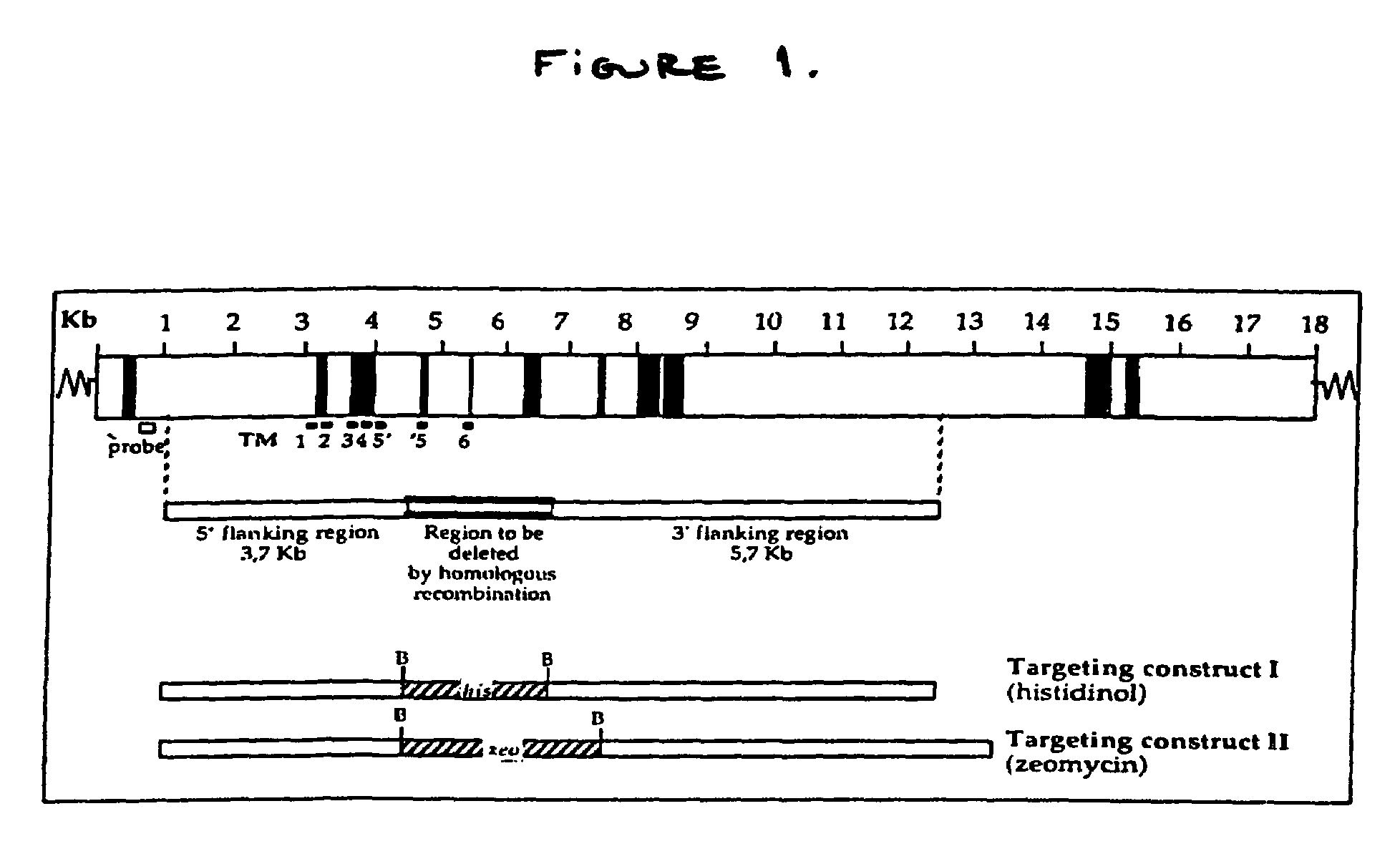Compositions of the SOC/CRAC calcium channel protein family
a technology of calcium channel and protein family, which is applied in the field of nucleic acids coding for a novel family of calcium channel polypeptides, can solve the problems of difficult acquisition of large amounts of pure protein, insufficient information, and complicated characterization of a particular type of calcium channel by analysis of whole cells, so as to reduce extracellular calcium influx and modulate proliferation and growth of these cells
- Summary
- Abstract
- Description
- Claims
- Application Information
AI Technical Summary
Benefits of technology
Problems solved by technology
Method used
Image
Examples
example 1
Transient Expression of SOC / CRAC
[0189]In the above-identified cell lines and using both of the foregoing expression techniques, SOC / CRAC expression enhances thapsigargin-dependent influx. In addition, SOC / CRAC expression also enhances the amount of intracellular calcium stores. That this effect is likely due to SOC / CRAC acting as a plasma membrane calcium channel can be confirmed by producing an in-frame carboxy-terminal translational fusion with green fluorescent protein followed by confocal microscopy, revealing that SOC / CRAC is expressed predominantly as a plasma membrane calcium channel.
example 2
Patch Clamp Analysis
[0190]The biophysical characteristics of SOC / CRAC enhanced currents when expressed in Xenopus oocytes are determined. SOC / CRAC cRNA injection is able to enhance thapsigargin-dependent whole cell currents. In addition. SOC / CRAC does not alter the reversal potential of these currents and the determination of the Pca / PNa ratio shows that SOC / CRAC channels are highly calcium selective.
example 3
Pharmacologic Behavior of SOC / CRAC
[0191]The pharmacologic behavior of SOC / CRAC is evaluated as described above. SOC / CRAC-enhanced influx is inhibited by sphingosine in a manner that is substantially the same as that of endogenous thapsigargin-dependent calcium influx.
PUM
| Property | Measurement | Unit |
|---|---|---|
| conductance | aaaaa | aaaaa |
| temperatures | aaaaa | aaaaa |
| nucleic acid | aaaaa | aaaaa |
Abstract
Description
Claims
Application Information
 Login to View More
Login to View More - R&D Engineer
- R&D Manager
- IP Professional
- Industry Leading Data Capabilities
- Powerful AI technology
- Patent DNA Extraction
Browse by: Latest US Patents, China's latest patents, Technical Efficacy Thesaurus, Application Domain, Technology Topic, Popular Technical Reports.
© 2024 PatSnap. All rights reserved.Legal|Privacy policy|Modern Slavery Act Transparency Statement|Sitemap|About US| Contact US: help@patsnap.com








